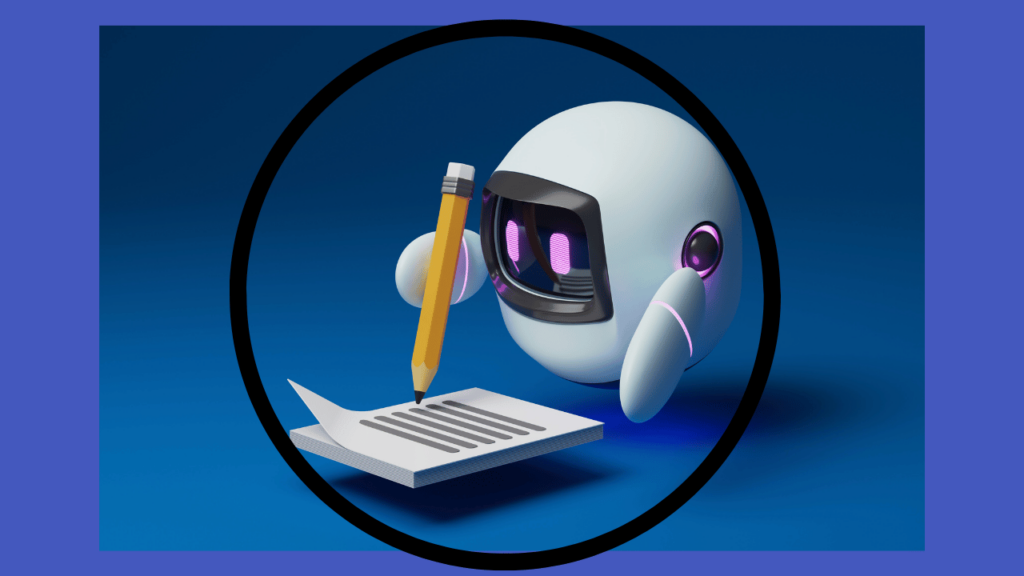Chatbots are this little and pretty popup window that websites install to help you navigate.
Whether we’re seeking customer support, shopping assistance, or even just some friendly banter, chatbots are there, smiling and offering quick responses and efficient solutions.
But have you ever wondered about the intricate work that goes into creating these seemingly intelligent conversational agents? This article will help you to understand as a user and owner of the website the implications about chatbots, as well as the digital privacy discussion is happening about this topic.
A vast amount of chatbots are based on the Google service Bard, this one can pull information from the internet and present a response. The large language model behind Bard delivers the response in natural language — in contrast to a standard Google search, where a result consists of a snippet of information or a list of links.
Developers can only create chatbots based on our needs as users and the information one have about us, but as well, using chatbots any website can collect a vast amount of data based on how the chatbot is interacting with us as users.
Ok, based on the last information, let’s get a little technical in here, there are six important process to create a chatbot, all of this components are important because they a fed with our digital ID.
This is why what Google Bard have is all the information from internet, including our responses to chatbots in websites like the bank, online shopping as well as our device IP number and location
Chatbot-Process
1.Natural Language Processing (NLP)
First, to create a chatbot developers use Natural Language Processing (NLP), a branch of artificial intelligence (AI) that deals with the interaction between computers and human language. NLP enables chatbots to comprehend, interpret, and respond to the vast nuances of human communication. Developers employ various techniques such as tokenization, part-of-speech tagging, named entity recognition, and sentiment analysis to break down text into meaningful components, making it easier for the chatbot to understand and process user queries.
2. Data Collection and Training
As a second step to build an effective chatbot, developers need vast amounts of data to teach the system to recognize patterns and context in language. This data can be collected from various sources like user conversations, FAQs, and relevant documents. Once the data is amassed, the chatbot is trained using machine learning algorithms. The most commonly used technique is supervised learning, where the system learns from labeled examples of input and output. Reinforcement learning and unsupervised learning methods are also utilized for certain applications.
3. Dialog Management and Intent Recognition
Dialog management is an essential aspect of chatbot development, as it governs the flow of conversations and ensures a coherent and meaningful interaction with users. Developers use techniques like state machines, decision trees, and deep learning models to handle conversations, remember context, and manage various user inputs.
Intent recognition is another critical component. It involves identifying the primary purpose or intention behind a user’s message. For instance, if a user asks a chatbot about the weather, the intent is to retrieve weather information. Machine learning models, such as intent classification algorithms and neural networks, are used to accurately recognize user intentions and route queries to the appropriate response systems.
4. Natural Language Generation (NLG)
The other side of the conversation involves generating human-like responses that users find engaging and helpful. This process, known as Natural Language Generation (NLG), aims to convert structured data and system outputs into coherent, natural-sounding sentences. Developers leverage templates, rule-based systems, and more advanced methods like neural language models (e.g., GPT-3) to create meaningful responses that resonate with users.
The large language model behind Bard delivers the response in natural language — in contrast to a standard Google search, where a result consists of a snippet of information or a list of links.
5. Integration with Backend Systems and APIs
To enhance the capabilities of a chatbot, integration with various backend systems and external APIs is often necessary. This integration enables chatbots to perform complex tasks, such as processing transactions, retrieving personalized information, and interacting with third-party services. For example, a customer support chatbot might need access to a company’s database to fetch order details or initiate a refund process.
6. Continuous Learning and Improvement
A chatbot’s development doesn’t end once it’s deployed. To remain effective, chatbots need to be continuously updated and improved. Feedback from users helps developers identify shortcomings and fine-tune the chatbot’s responses. Additionally, as language evolves and new terms emerge, chatbots must be trained on fresh data to stay relevant and accurate. For example Google Bard can pull information from the internet and present a response.
PRVCY Implications
Using chatbots can bring numerous benefits, such as improved customer service, efficient support, and enhanced user experience. However, like any technology, chatbots also come with cybersecurity risks that need to be addressed to ensure data privacy, prevent malicious activities, and protect both users and organizations. Here are some of the cybersecurity risks associated with using chatbots:
Such technology can draft emails, documents, even software itself, promising to vastly speed up tasks. Included in this content, however, can be misinformation, sensitive data or even copyrighted passages from a “Harry Potter” novel.
In June 2023, Google asked its staff not to feed confidential materials into Bard, Reuters found through leaked internal documents. It was reported that engineers were instructed not to use code written by the chatbot.
Why this is something to keep in mind?
Businesses using public AI chatbots “must be mindful of keeping customers as the top priority, and ensuring that their AI strategy, including chatbots, is built on top of and integrated with a well-defined data governance strategy because this reasons:
Data Privacy and Confidentiality
Chatbots often interact with users to collect and process sensitive information such as personal details, payment information, and other confidential data. If not adequately secured, this data can be exposed to unauthorized access, leading to privacy breaches and potential identity theft.
Phishing and Social Engineering
Cybercriminals may try to manipulate chatbots to conduct phishing attacks or social engineering scams. By imitating legitimate users, attackers might trick chatbots into divulging sensitive information or granting access to sensitive resources.
Malware Distribution
Hackers might use chatbots to deliver malware or malicious links to unsuspecting users. These links can lead to malware infections, data theft, or the compromise of other systems within an organization’s network.
Data Manipulation and Tampering
If chatbots are not appropriately protected, attackers may tamper with the underlying algorithms or databases. Manipulating data can lead to misinformation being provided to users, affecting decision-making and causing reputational damage.
While chatbots offer numerous benefits, organizations must be vigilant about the cybersecurity risks they pose. By implementing robust security measures and regularly updating and monitoring their chatbot systems, organizations can enjoy the advantages of chatbots while safeguarding against potential cyber threats.
A way to protect sensitive data that could be fed into artificial intelligence applications would be to erase that data completely once the conversation is over. But doing so is difficult.
In late June 2023, Google announced a competition for something a bit different: machine unlearning, or making sure sensitive data can be removed from AI training sets to comply with global data regulation standards such as the GDPR. This can be challenging because it involves tracing whether a certain person’s data was used to train a machine learning model.
Behind every chatbot lies an intricate and sophisticated network of technologies and techniques that allow them to engage with users in a human-like manner. From natural language processing to intent recognition, and from data collection to continuous learning, each step of chatbot development requires careful consideration and expertise.
As technology advances, chatbots will continue to become more intuitive, empathetic, and seamless in their interactions, revolutionizing the way we communicate with machines and simplifying our digital experiences.
But if you can learn something from this post is to follow Google example, if they are taken so much care of their internal data and code you should follow by example.
Use chatbots for minimum exchanges and if you need customer support, prefer to reveal your personal data to a customer service representative, at least, that interaction won’t feed the AI data base in the future.












